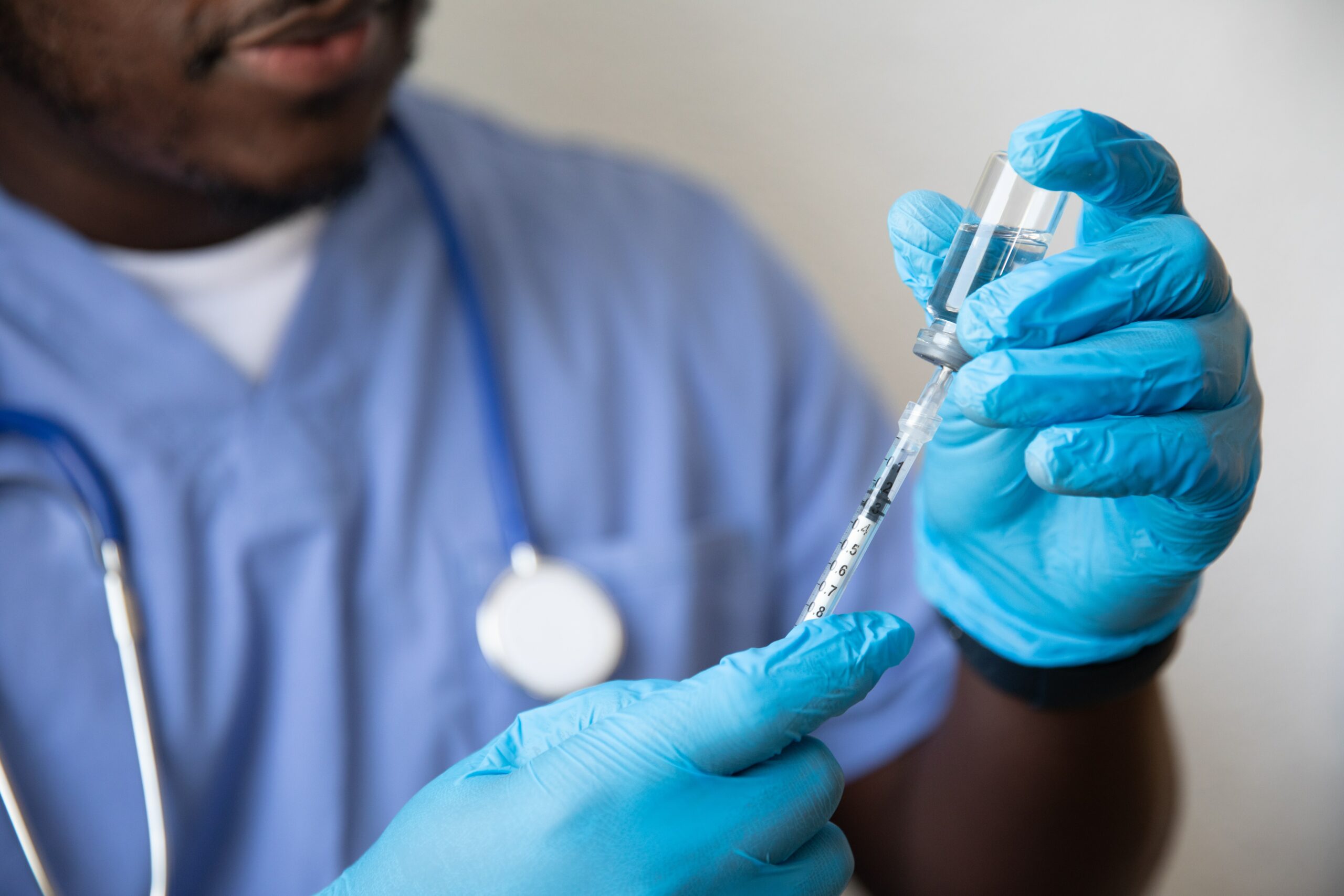

Some surprising times that blood clots could occur include:
Most of us sit for hours each day, especially if we’re bound to a desk job. Sitting seems like such a harmless activity, so how can it be bad for you? The problem lies in how much of it, and for how long, we sit each day. According to Dr. Helen Okoye, medical expert and spokesperson for the World Thrombosis Day (WTD) campaign, staying still in any position for a prolonged time can be dangerous, as it raises the risk of blood clot formation, a condition known as deep vein thrombosis (DVT).
“Even if you regularly engage in physical activity, when you’re sedentary for long stretches of time, blood pools in your extremities rather than circulating freely around your body, which can cause blood clots. If small parts of these blood clots break off, they can travel in the bloodstream to your lungs, and cause a potentially fatal pulmonary embolism (PE),” she says.
Dr Okoye advises that you include as much movement as you can into your every day, including getting up after an hour of sitting and moving around to encourage good blood circulation.
There are various factors that put pregnant women at risk for maternal deaths, with blood clotting – also referred to as venous thromboembolism, or VTE – one of the leading causes. “Expectant women are at risk of experiencing blood clots during the pregnancy, at childbirth, or up to three months after delivering their baby,” cautions Dr. Okoye.
During pregnancy, a woman’s oestrogen levels are higher than normal, which increases the chance of developing a clot, and a pregnant woman’s blood contains higher levels of clotting proteins and lower levels of anti-clotting proteins – which is the body’s way of safeguarding against too much blood loss during childbirth.
“Another key issue is restricted movement towards the end of the pregnancy, or if the mother has to undergo bed rest after delivery, especially if she has had a C-section. A C-section is a surgery that could cause some damage to blood vessels, thereby also increasing the risk of a blood clot,” advises Dr. Okoye.
Hormone replacement therapy (HRT) involves taking hormones to alleviate menopausal symptoms and manage hormonal imbalances. Women undergoing HRT may have an increased risk of thrombosis, particularly if the therapy includes oestrogen. Although the risk of thrombosis with HRT is generally low, it is higher than in women who are not taking hormone therapy.
According to a recent health study, the consequences of sitting still and watching TV for long periods of time may increase your potential for forming blood clots. The study found that if you spend more than four hours a day watching TV, your chances of developing a fatal blood clot increase by more than 35% compared to those who watch for two and a half hours or less a day. It doesn’t matter whether you’re fit, slim, and do exercise every day – marathon TV sessions are a risky activity.
It may seem a safe place, but being in the hospital is a major risk factor. This is because patients with decreased mobility due to bedrest or recovery, or who experience blood vessel trauma due to surgery or other serious injury, are more likely to develop blood clots.
“Your medical history and lifestyle habits also play a big role in an increased VTE risk, as do certain medical procedures, such as orthopaedic, urological, and cardiothoracic surgeries,” says Dr. Okoye. Major peripheral vascular, gynaecological, neurosurgery, general surgery – especially involving the abdomen, pelvis, hips, or legs – and, in fact, any surgical procedure with a duration of more than 45 minutes also bears an increased risk.
Patients with cancer are at increased risk of blood clots in both the veins (VTE) and arteries (ATE). In fact, emerging data shows that cancer patients are at four times higher risk than the general population of developing serious blood clots. It’s a startling fact; but important to know if you or a loved one is undergoing treatment for cancer.
“There are some cancers that are known to have a high risk of developing VTE,” says Dr Okoye. “For instance, with haematological malignancies like lymphomas and multiple myelomas, the risk of developing VTEs is high. The risk is also high for lung cancers, pancreatic cancers, stomach cancers, bowel cancers, and even brain cancers.”
Chemotherapy is a type of cancer treatment that uses one or several drugs in combination, and surgery can additionally damage the walls of your blood vessels, affecting the way they function and making clots more likely.
According to Dr. Okoye, it’s important to note that the occurrence of blood clots is influenced by a combination of factors, including genetics, lifestyle, medical history, and current health status. If you’re in any way concerned about blood clot risks, consult a medical professional who can provide personalised advice and recommendations based on your individual circumstances.
What happens when legacy meets preparedness? What results from such a combination? Let us not…
Fidelity Bank has increased its staff salaries. Glamtush reports that tier-one lender, Fidelity Bank…
A man sentenced to death for the 1989 murder of his wife and her two…
Donald Trump’s administration said Thursday it had revoked Harvard’s right to enroll foreign students amid…
NASS leadership has endorsed Tinubu for the 2027 presidential race. Glamtush reports that the leaders…
Pastor Adeboye visited Plateau and offered his sympathy over the violent attacks in the state.…